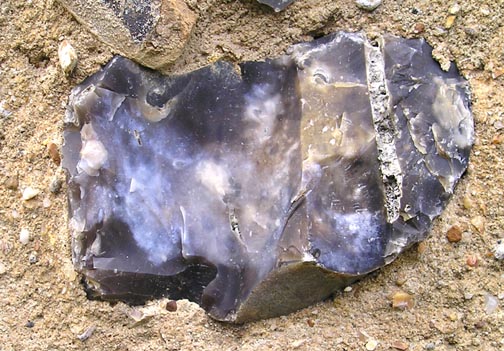I'm interested to learn flint knapping and other stone-age techologies - can anybody recommend good books/guides to get me started.
Also - any geologists among you know of natural flint outcrops in northern England. The region is not known for chalk/flint but I heard that largish flint nodules suitable for knapping can be found at various points on the Yorkshire coast? I'm loathed to purchase suitable material when the bottom half of the country has it lying about on the ground...
thanks
Also - any geologists among you know of natural flint outcrops in northern England. The region is not known for chalk/flint but I heard that largish flint nodules suitable for knapping can be found at various points on the Yorkshire coast? I'm loathed to purchase suitable material when the bottom half of the country has it lying about on the ground...
thanks

